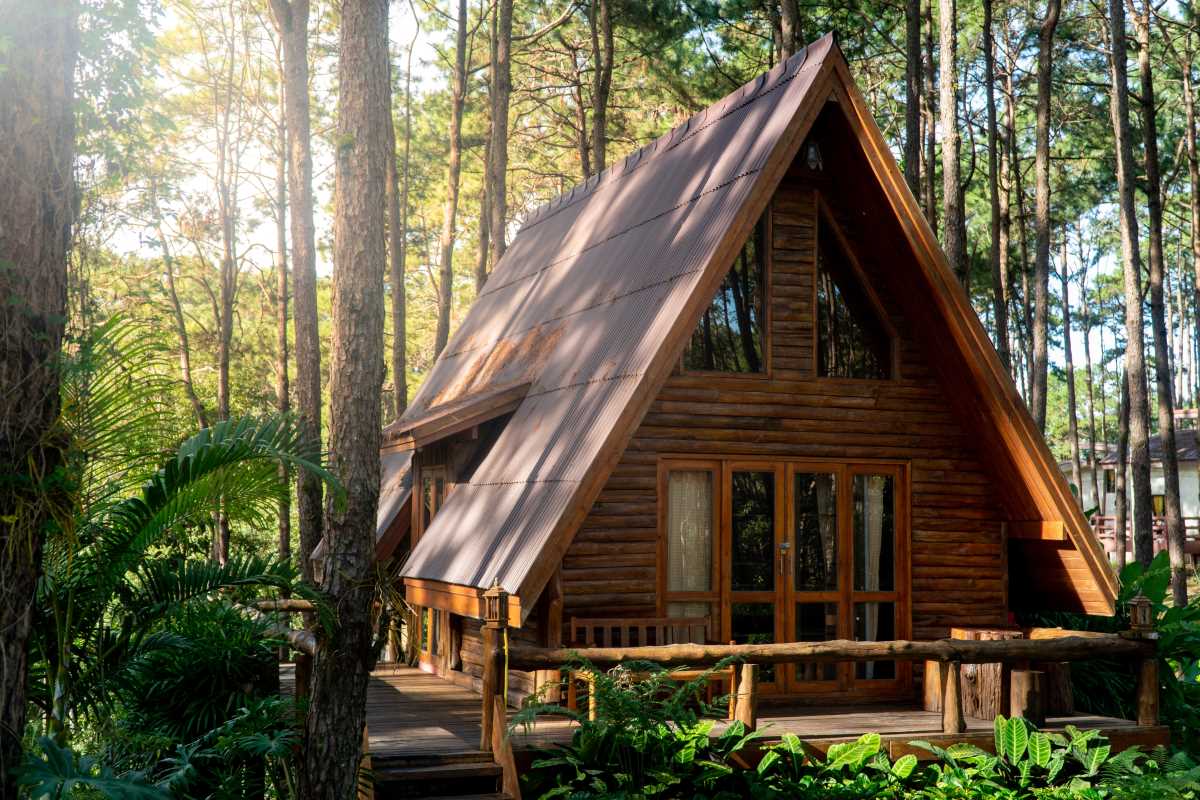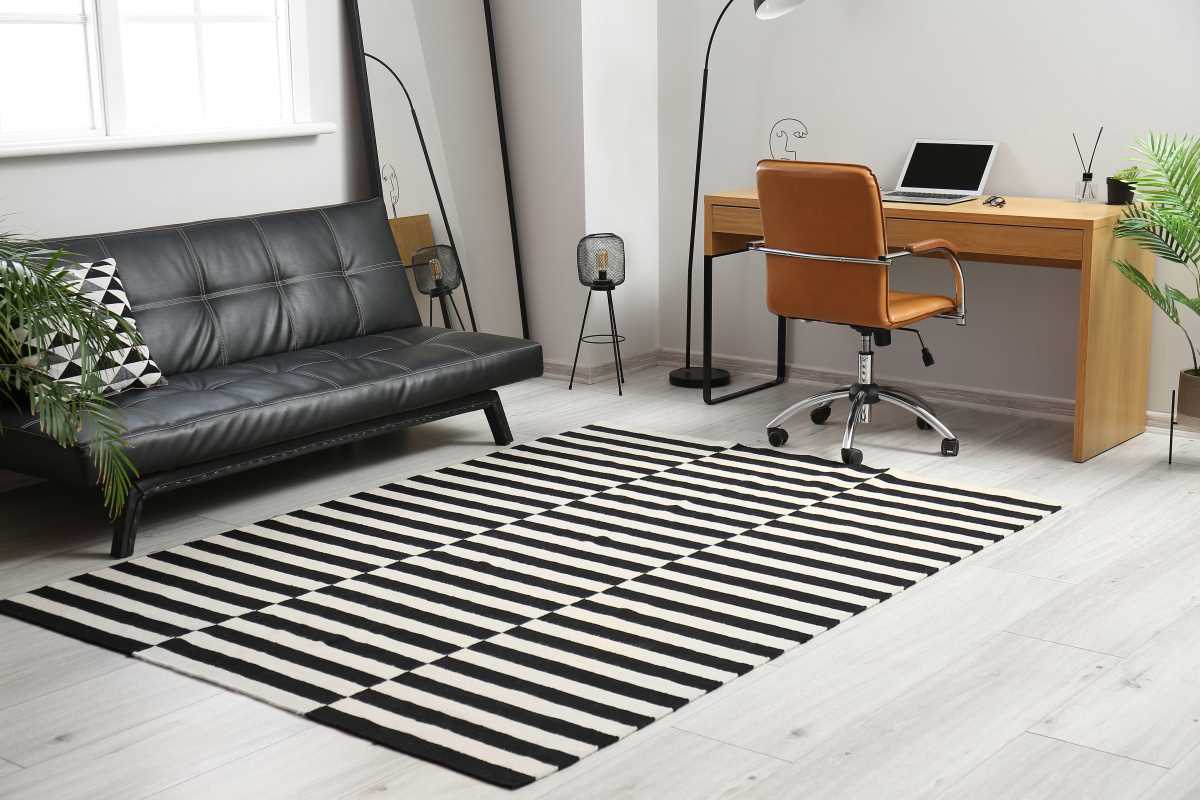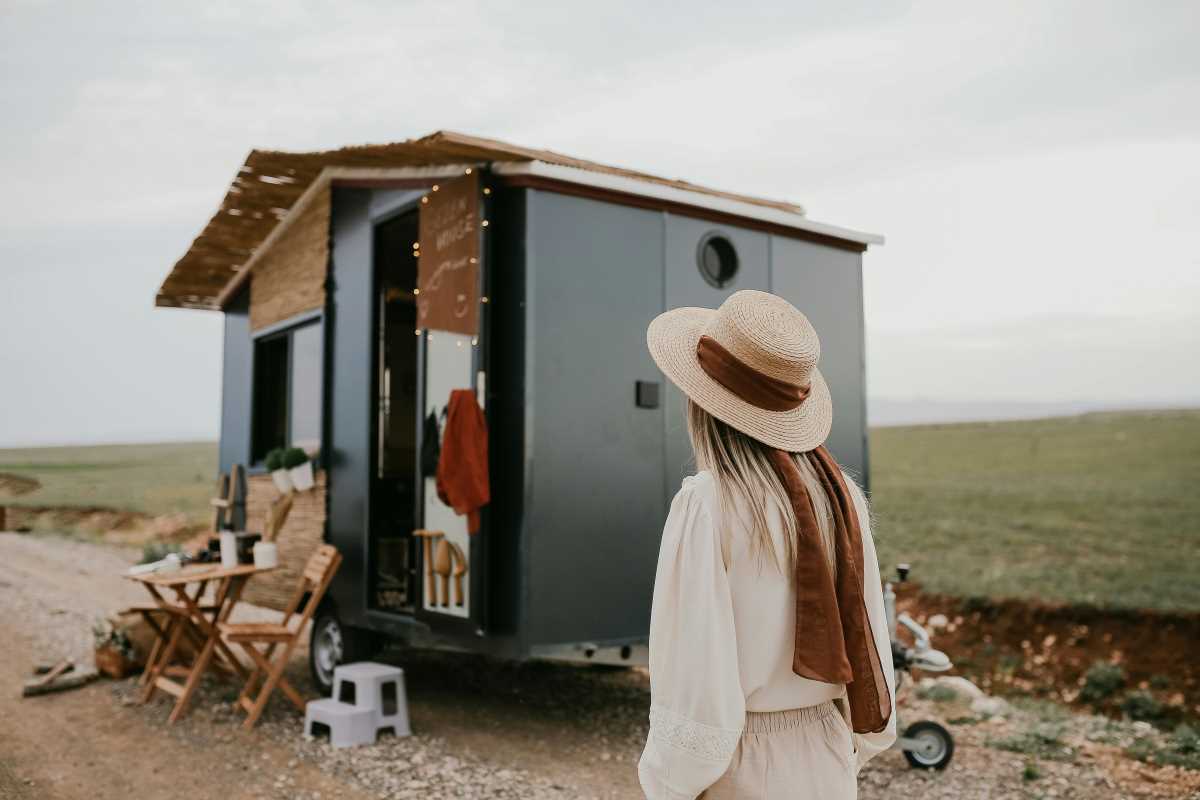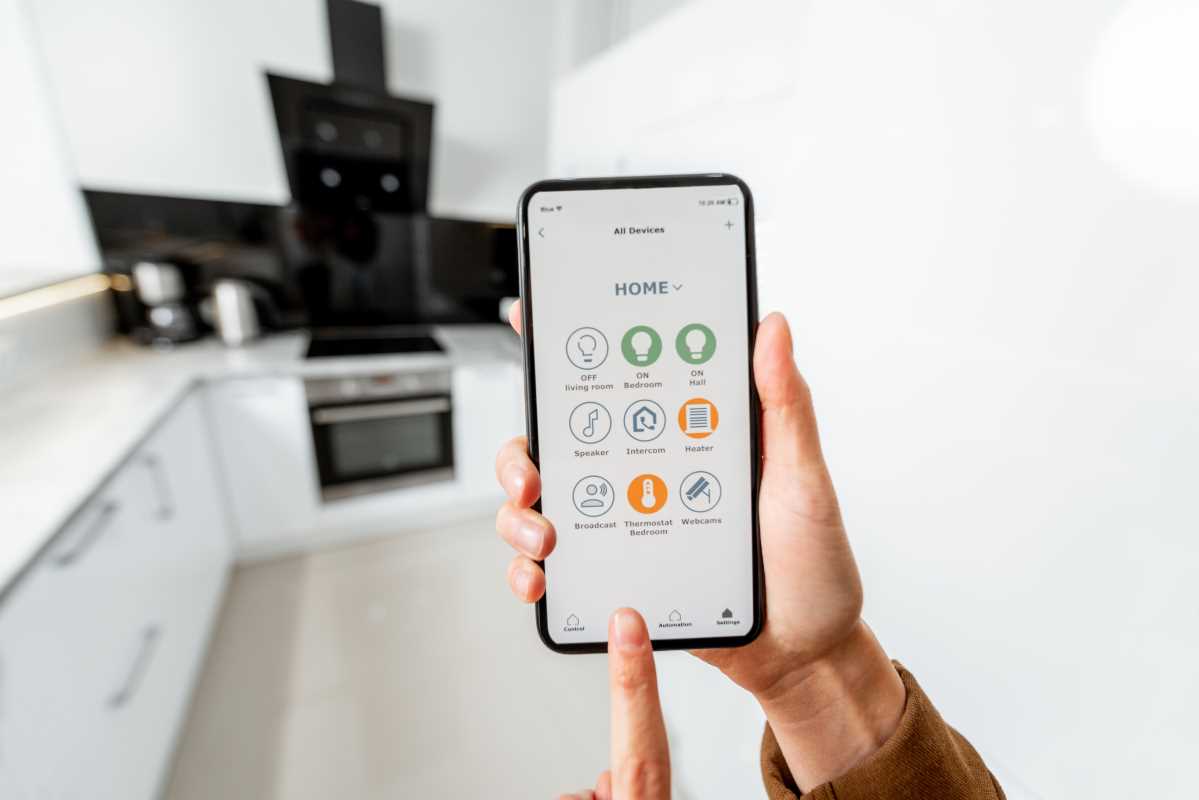Creating a workspace that adapts to your lifestyle centers on flexibility and comfort. Whether you set up in a hostel, a cozy rental, or a cabin by the sea, your workspace should fit into any space, no matter how small or unusual the layout. Choose compact equipment that you can easily move and arrange, and organize your essentials so everything feels familiar and inviting. Paying attention to these practical details helps you stay comfortable and focused, making it easier to tackle daily tasks and maintain your productivity, no matter where your travels take you.
Start by thinking about how you work most days. Do you need multiple monitors or just a laptop? Will you take video calls or focus on writing? Sketch out these needs on paper before buying anything. A quick sketch or a simple list helps you see what really matters and what might just weigh you down in your backpack.
Assessing Your Workspace Needs
- Device requirements: laptop, tablet, portable monitor
- Power sources: quick-charging adapters, power banks
- Surface area: foldable desks, lap desks, clip-on tables
- Seating options: inflatable seat cushions, travel stools
- Lighting needs: clip-on lamps, battery-powered LEDs
This list guides your shopping. You might find that a clip-on lamp works better than trying to wedge a desk lamp into tight corners. You may decide a single lightweight laptop beats lugging around a heavy monitor. Identify what you use regularly day in and day out.
Don’t forget to consider space for non-work moments. Storing a yoga mat or a small tripod can turn your work nook into a quick stretching zone or a mini video studio. Pack these extras only if you plan to use them weekly. Otherwise, they crowd your bag and your workspace.
Choosing Versatile Furniture and Equipment
- Select a foldable desk that clamps onto tables or railings.
- Pick a chair cushion that inflates or folds to store in your bag.
- Invest in a lightweight laptop stand with adjustable height.
- Add a pocket-sized power strip with USB ports.
- Grab a compact headset for noise reduction and clear calls.
Each item on that list adapts quickly. The clamp-on desk works on dining tables or window sills. Your inflatable cushion slides under clothes in a carry-on. These choices shrink down when you pack and pop up when you land.
Look for gear made of aluminum or sturdy polymers. They resist dents from airport handling. Soft materials like foam fold more easily but wear faster. Balance durability with weight, depending on how much you travel.
Optimizing Layout and Ergonomics
Arrange your screen at eye level. Stack books or use a collapsible stand. Keep your wrists straight by pairing a stand with a portable keyboard. An ergonomic posture reduces fatigue during long calls or deep focus sessions.
Maintain a comfortable distance from your screen. A good rule: your eyes should sit about an arm’s length away. Move your chair or cushion to hit that spot. Small adjustments can eliminate back and neck aches when you stay in one place for hours.
Incorporating Technology and Connectivity
Fast internet forms the foundation of every remote office. Carry a travel router that links multiple devices to a single hotel connection. Use a SIM card adapter to swap in local data plans. These steps help you bypass unreliable Wi-Fi and avoid public hotspots.
Download offline copies of key files. Cloud drives keep you synced, but saving a backup on your laptop or external SSD prevents dead zones from interrupting your work. Organize these files in labeled folders so you don’t waste time hunting for them.
Personalizing Your Workspace
Small touches help you feel at home on the road. Hang a photo with a binder clip or tuck a pressed flower in a notebook. Use a small scent diffuser or scented stick to create a familiar atmosphere when you enter the room.
Color-code your cables with elastic bands. These simple bands turn a tangled mess into a visual cue—red for power, blue for data. You’ll save minutes untangling cords before a video meeting begins.
Maintaining Productivity and Flexibility
- Set a routine: open your laptop at the same time each day.
- Use time blocks: 45 minutes of work, 15 minutes of break.
- Switch locations: alternate between chair and floor setups.
- Review your gear list weekly: donate or swap items you don’t use.
- Note how your equipment performs: identify which items save time or cause issues.
Following a simple routine helps your brain recognize when it’s focus time. Changing spots every few days keeps your mind fresh. Keeping track of your gear’s performance reveals hidden bottlenecks or unexpected advantages.
Choose compact setups to make each new place feel familiar. Consistency in your tools and routine builds momentum for whatever project comes next.
With proper planning and the right gear, you can create a flexible workspace that suits your lifestyle. These tips help you stay focused and grounded wherever you are.
 (Image via
(Image via





